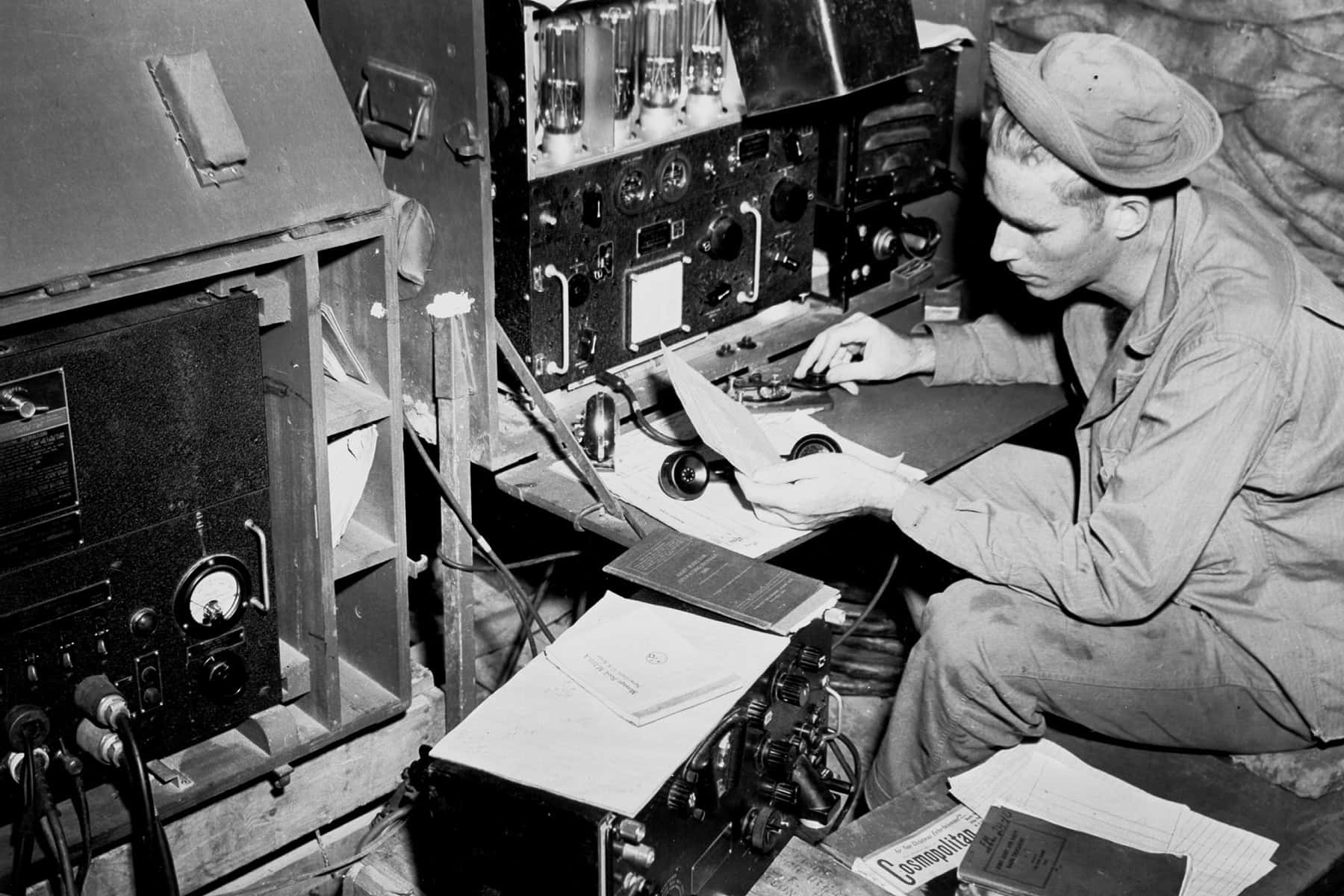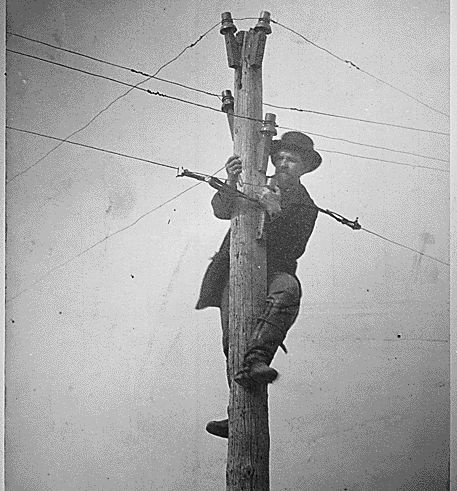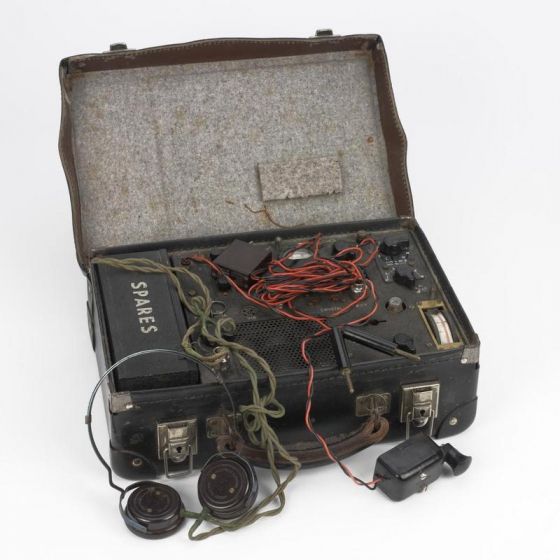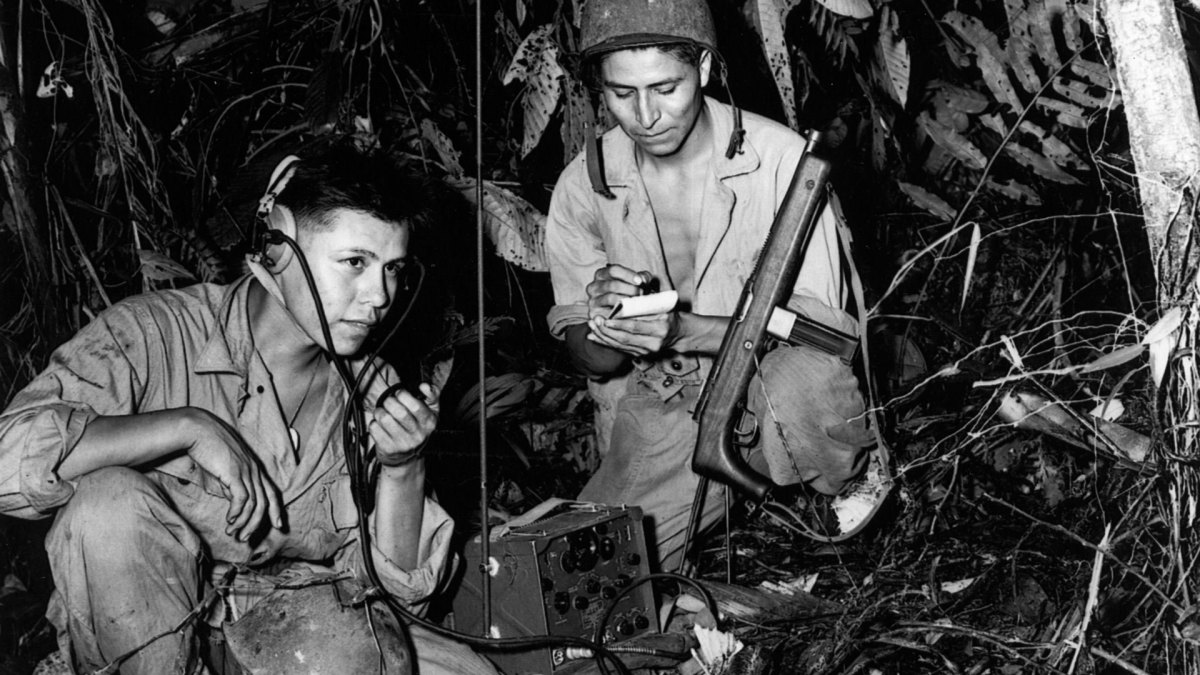-- --- .-. ... . -.-. --- -.. . : Morse Code
Military Communication through Dits and Dahs

Radio Men of the Pacific (Berdine)
Morse Code During War
After Morse Code was invented, it was very beneficial during wars, and if Morse Code was not involved, many of these wars' outcomes would have been completely different. Some of these wars include the Crimean War, American Civil War, Korean War and Vietnam War, but it was mostly used in World War II.
"The secret of war lies in the communications."-Napolean
The Crimean War
The Crimean War introduced Morse Code to war officially in 1853. It was a conflict between Russia, Great Britain, the Ottoman Empire, and France. It started over religion and ended over territory and power. Historians consider it the first "modern" war (Ray).
American Civil War
"In the American Civil War (1861–65), wide use was made of the electric telegraph. In addition to its employment in spanning long distances under the civilian-manned military telegraph organization, mobile field service was provided in the Union army by wagon trains equipped with insulated wire and lightweight poles for the rapid laying of telegraph lines. Another development for light signaling placed a movable shutter, controlled by a key, in front of a strong light. An operator, opening and closing the shutter, could produce short and long flashes to spell out messages in Morse code" (Encyclopedia).

A Pole Connecting Telegraph Lines (Madrigal)
World War II
"Morse Code was most proficient in World War II, especially among the Allies while they were in warships out at sea, communicating in secret from the Nazis" (Waller).
"Beginning in 1941, the British SOE (Special Operations Executive) and the American OSS (Office of Strategic Services) intelligence agencies both parachuted agents into occupied Europe to gather intelligence and organize resistance forces. Communication networks were critical for these agents, but so was the need for secrecy. One solution was the suitcase radio. Compact and capable of being adapted to many power supplies, the whole radio fit neatly into a small suitcase. The suitcase was dropped to agents by parachute in an airtight container" (Museum, National).
"The radio had a range of over 500 miles. It was the smallest transceiver (transmitter and receiver combined) during World War II" (Museum, National).
Navajo Code Talkers
Branching from Morse Code, came this new idea that would be unrecognizable by the enemy.
"Every WWII combatant appreciated the need for an unbreakable code that would help them communicate while protecting their operational plans. The U.S. Marines knew where to find one: the Navajo Nation. Marine Corps leadership selected 29 Navajo men, the Navajo Code Talkers, who created a code based on the complex, unwritten Navajo language. The code primarily used word association by assigning a Navajo word to key phrases and military tactics. This system enabled the Code Talkers to translate three lines of English in 20 seconds, not 30 minutes as was common with existing code-breaking machines. The Code Talkers participated in every major Marine operation in the Pacific theater, giving the Marines a critical advantage throughout the war" (Office).

The Suitcase Radio (Museum)

Navajo Code Talkers (History)
"My wartime experiences developing a code that utilized the Navajo language taught how important our Navajo culture is to our country."- Chester Nez, a Navajo Code Talker
The Korean and Vietnam War
During the Korean (1950) and Vietnam War (1965), Morse Code was used often by ground and naval forces. Morse code saved a Vietnam War P.O.W. named Jeremiah Denton. It also relayed important information back and forth, which could have left critical outcomes without that source of communication (Encyclopedia).
Morse Code QSO using an American Military J-38 Telegraph Key (Ireland)